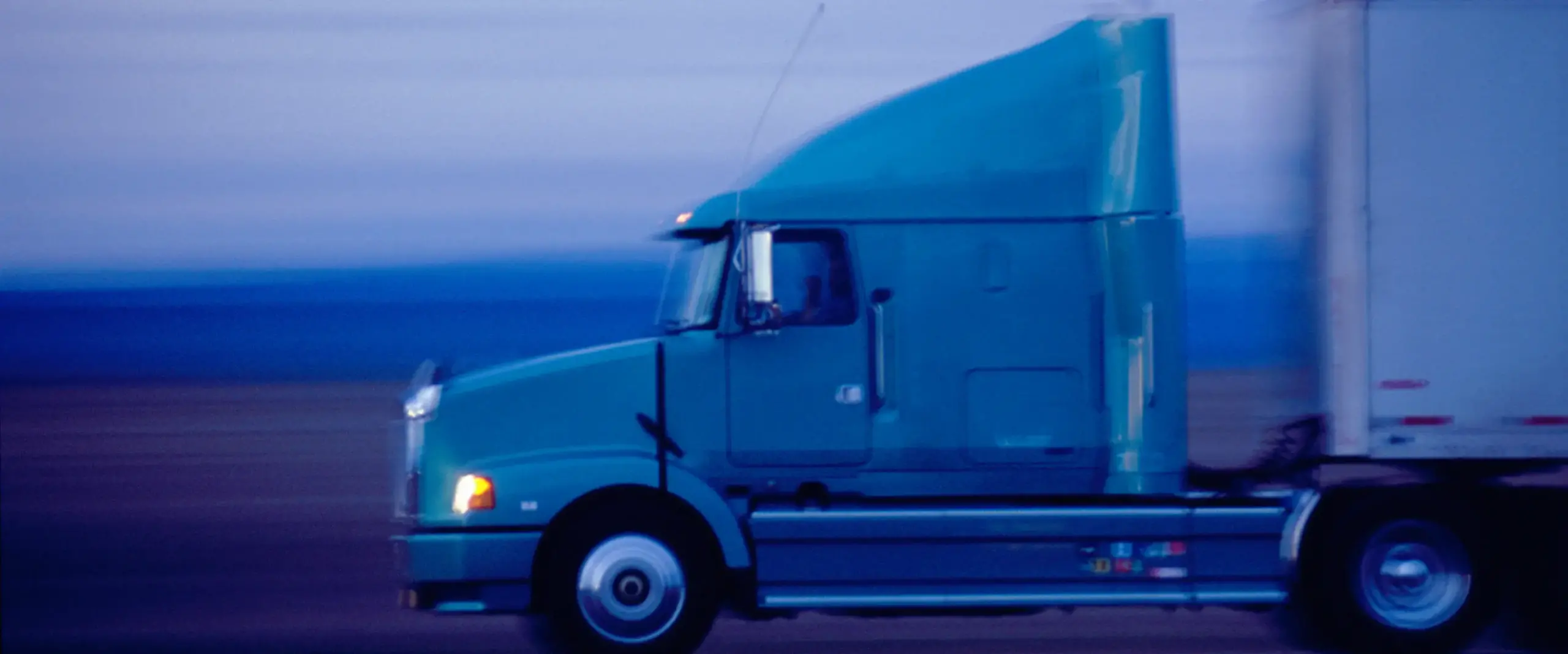
Frachtführer
Programm für bevorzugte Frachtführer
Wir feiern Frachtführer, die die fortschrittliche Technologie für die Transport-Visibilität von project44 verwenden, um Verladern in bedeutenden Regionen auf der ganzen Welt hochwertiges Tracking zu ermöglichen.
Bevorzugte Frachtführer
Mit über 240.000 verbundenen Frachtführern (Tendenz steigend) bietet project44 die ganze Zeit über Visibilität über unsere preisgekrönte Hochgeschwindigkeits-Lieferkettenplattform. Bevorzugte Frachtführer sind diejenigen in unserem Netzwerk, die jeden Tag über sich hinauswachsen, um den bestmöglichen Service zu bieten. Die Liste der bevorzugten Frachtführer von project44 ist eine wertvolle Ressource für Verlader, die nach Frachtführern suchen, die sich der Visibilität verschrieben haben.
Die Vorteile des project44 Netzwerks
Frachtführer, die Teil des project44 Netzwerks sind, können auf Movement von project44 zugreifen und genießen zudem die folgenden Vorteile:
01
Reduzieren Sie die Verweilzeit, da Transparenz Kunden hilft, sich besser auf die Ankunft vorzubereiten
02
Erheben Sie Gebühren, wenn es zu Verweilzeiten kommt, und verwenden Sie dazu historische Daten, die die Verweilzeiten belegen
03
Sparen Sie beim Kundenservice, wenn Kunden ihre Lieferungen in Echtzeit verfolgen können, anstatt nach Updates zu fragen
04
Gewinnen Sie einen Vorteil unter Verladern und LSPs, die Transparenz schätzen, wenn Sie als bevorzugter Frachtführer anerkannt werden
05
Sichern Sie sich profitables Neugeschäft mit führenden globalen Verladern und LSPs auf der Plattform von project44
Wie wird man ein bevorzugter Frachtführer?
Um von project44 als „bevorzugt“ erachtet zu werden, muss ein Frachtführer die folgenden Kriterien erfüllen:
- Hohe Tracking-Prozentsätze über mehrere Ladungen hinweg
- Mehr als 200 verfolgte Ladungen in diesem Jahr
- Müssen Verfechter der Visibilität sein und wissen, wie wichtig Visibilität für die Lieferung ist
- Eine konsistente Verbindung mit p44 aufrechterhalten, die High-Fidelity-Daten bereitstellt
Treten Sie dem Netzwerk bei.
Um eine möglichst flexible und nahtlose Erfahrung anzubieten, bewerten und begrüßen wir kontinuierlich Technologieanbieter, die an einer Partnerschaft interessiert sind.